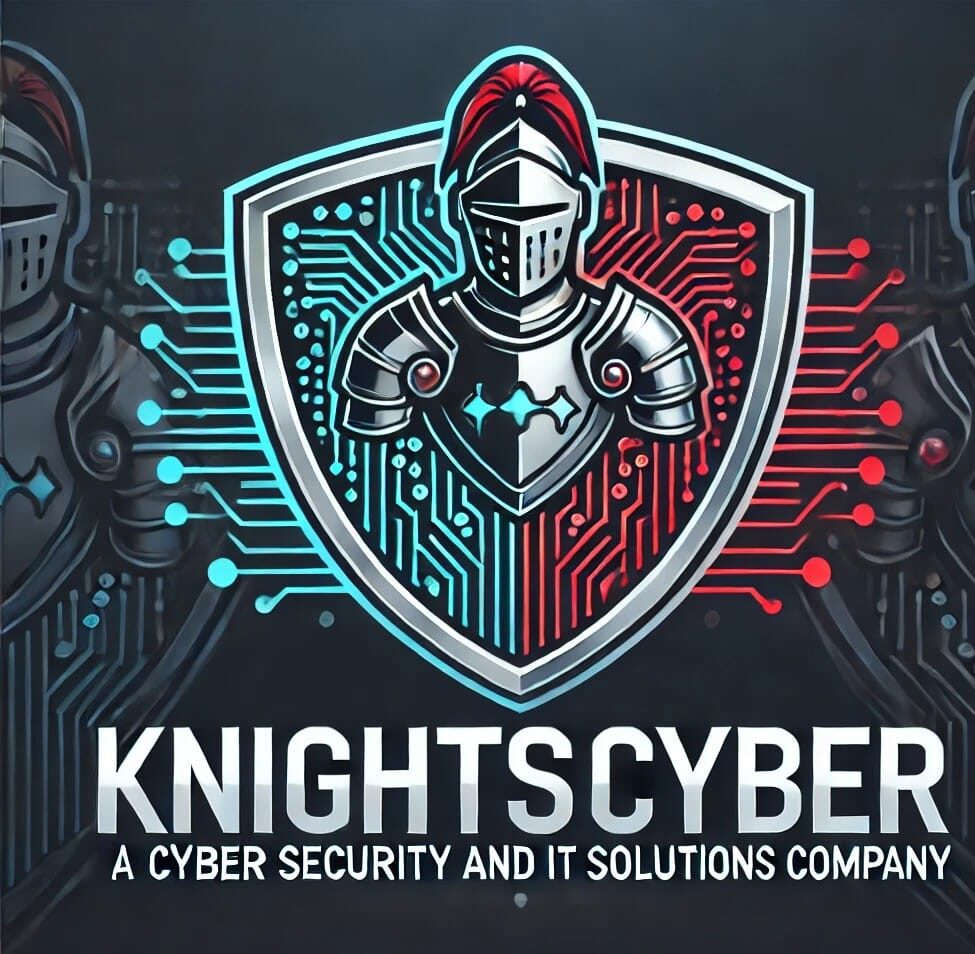AI Automation Revolutionizes Cybersecurity Cost Reduction and Threat Management
CyberSecurity
AI Automation Revolutionizes Cybersecurity Cost Reduction and Threat Management
In an era where digital attacks are becoming increasingly sophisticated, leveraging innovative technologies like Artificial Intelligence (AI) and automation in cybersecurity has become essential. As cyber threats grow more frequent and complex, traditional cybersecurity measures are often found lacking. Enter AI and automation, which are now playing pivotal roles in transforming how organizations manage and mitigate cyber risks.
The Rise of Cyber Threats and the Need for AI
The digital world has seen exponential growth in the number of interconnected devices and platforms, causing an unsettling parallel increase in cyber threats. Cybercriminals are using advanced techniques and tools to exploit vulnerabilities within systems, making traditional cybersecurity measures insufficient. With the dynamic and evolving nature of threats, it becomes imperative for businesses to move beyond conventional defenses.
The record is clear: businesses are not only dealing with external attacks but also insider threats. From phishing to ransomware, the spectrum of cyber threats is broad, and organizations need a dynamic approach to handle this onslaught. This is where AI and automation come into the picture, offering a proactive solution capable of predicting, detecting, and responding to threats in real-time.
AI in Threat Detection and Prevention
AI’s ability to analyze massive datasets quickly and accurately positions it as a potent tool in cybersecurity. Employing machine learning algorithms, AI systems can detect patterns and anomalies which might indicate a potential threat. This early detection is crucial in preventing or mitigating attacks before they can cause significant harm.
- Pattern Recognition: AI algorithms can recognize unusual patterns of behavior that deviate from established norms, signaling a possible breach.
- Predictive Analytics: Leveraging historical data, AI can predict potential attack vectors and prepare defenses accordingly.
- Real-Time Monitoring: Continuous scanning and real-time alerts given by AI-powered systems enable immediate response to threats.
Automation: Streamlining Cybersecurity Operations
Beyond threat detection, automation simplifies and enhances the efficiency of cybersecurity processes. By automating routine tasks, organizations free up human resources to focus on more strategic initiatives. Automation ensures consistent application of security protocols without the risk of human error, thus fortifying defenses.
Key Benefits of Cybersecurity Automation
The integration of automation in cybersecurity offers several benefits, making it an indispensable component of modern security strategies:
- Cost Reduction: Automating routine tasks reduces the need for large teams of IT staff, significantly cutting down operational costs.
- Speed and Efficiency: Automation allows for faster response times to security incidents, minimizing potential damage.
- Scalability: With automation, organizations can easily scale their cybersecurity measures in tandem with growth, addressing the increased demands of larger infrastructures.
AI and Automation Working Together
The convergence of AI and automation in cybersecurity provides a powerful defense against cyber crimes. Together, these technologies form a symbiotic relationship where automation handles the execution of tasks, and AI provides the intelligence and decision-making capabilities:
- Automated Threat Intelligence: AI analyzes threat data in real-time and automation executes preventive measures instantaneously.
- Adaptive Learning: AI continually learns from new data inputs, and automation dynamically updates security protocols to address emerging threats.
Challenges and Considerations
While AI and automation offer substantial benefits, challenges still exist. Implementing these technologies requires careful consideration of factors like data quality, integration with existing systems, and the potential for AI bias. Moreover, there’s a constant need for organizations to stay updated with the latest innovations and begin transitioning smoothly to avoid disruption of services.
The Future of AI and Automation in Cybersecurity
As cyber threats evolve, so too will the technologies that protect against them. The synergy between AI and automation is expected to deepen, offering even more robust solutions for threat prevention and management. It’s crucial for businesses to embrace these advancements, not just to stay secure but to instill confidence among stakeholders in their ability to protect sensitive data.
Organizations are gradually realizing the indispensable value of AI and automation in cybersecurity strategies. Those who fail to integrate such technologies risk not only financial losses but also the potential erosion of trust and credibility. As we move further into the digital age, the commitment to a secure cyberspace through AI and automation becomes non-negotiable.
Conclusion
The digital realm, with its vast opportunities, also brings along serious challenges posed by cyber threats. AI and automation stand at the forefront of this battle, revolutionizing the way organizations protect themselves. Through predictive analytics, real-time monitoring, cost reduction, and enhanced threat response, AI and automation have proven indispensable. For businesses aiming to thrive in the digital world, leveraging these technologies is not just an option but a necessity in their cybersecurity arsenal.
